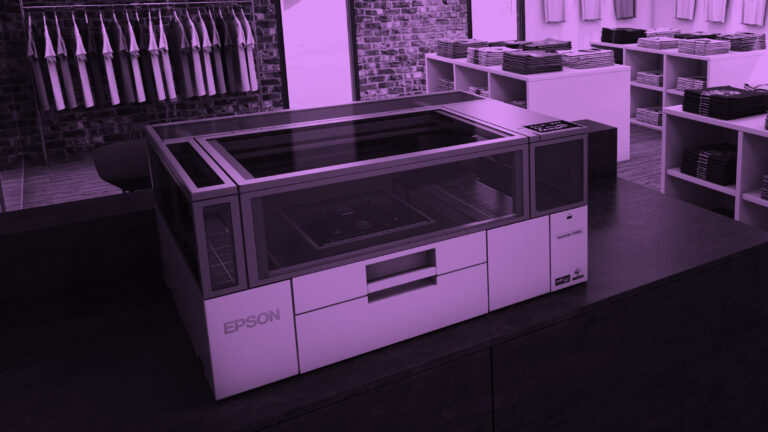Ever wondered why some virtual productions look as if they were shot through a soft-focus lens? The culprit often lies in the limitations of current rendering technology. But what if I told you there's a game-changing approach on the horizon?
Enter SMPTE 2110—the magic sauce that could redefine in-camera visual effects. By leveraging this standard along with tiled inner frustum rendering, we could finally achieve the crisp, breathtaking visuals we crave. Just imagine real-time performance and scalability that adapt effortlessly across production types.
Isn’t it time we left those blurry backgrounds in the past? How do you think this integration will change the landscape of virtual production?
#SMPTE2110 #InCameraVisualEffects #VirtualProduction #TechTalk #Innovation
Enter SMPTE 2110—the magic sauce that could redefine in-camera visual effects. By leveraging this standard along with tiled inner frustum rendering, we could finally achieve the crisp, breathtaking visuals we crave. Just imagine real-time performance and scalability that adapt effortlessly across production types.
Isn’t it time we left those blurry backgrounds in the past? How do you think this integration will change the landscape of virtual production?
#SMPTE2110 #InCameraVisualEffects #VirtualProduction #TechTalk #Innovation
Ever wondered why some virtual productions look as if they were shot through a soft-focus lens? The culprit often lies in the limitations of current rendering technology. But what if I told you there's a game-changing approach on the horizon?
Enter SMPTE 2110—the magic sauce that could redefine in-camera visual effects. By leveraging this standard along with tiled inner frustum rendering, we could finally achieve the crisp, breathtaking visuals we crave. Just imagine real-time performance and scalability that adapt effortlessly across production types.
Isn’t it time we left those blurry backgrounds in the past? How do you think this integration will change the landscape of virtual production?
#SMPTE2110 #InCameraVisualEffects #VirtualProduction #TechTalk #Innovation
0 Comments
·0 Shares







